A New Power Broker? Saudi Arabia’s Rise in Global Diplomacy
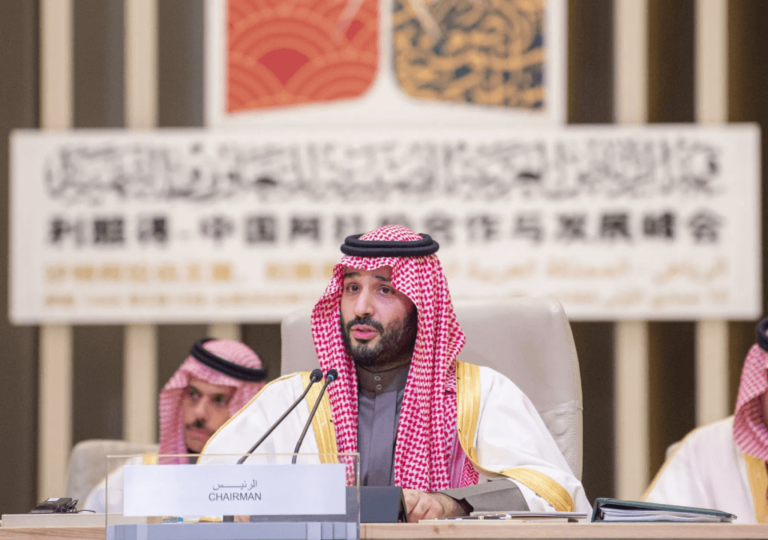
Saudi Arabia is stepping onto the world stage as a key diplomatic player, mediating global conflicts and expanding its influence beyond the Gulf. Is the kingdom the next great power broker?

Saudi Arabia is stepping onto the world stage as a key diplomatic player, mediating global conflicts and expanding its influence beyond the Gulf. Is the kingdom the next great power broker?
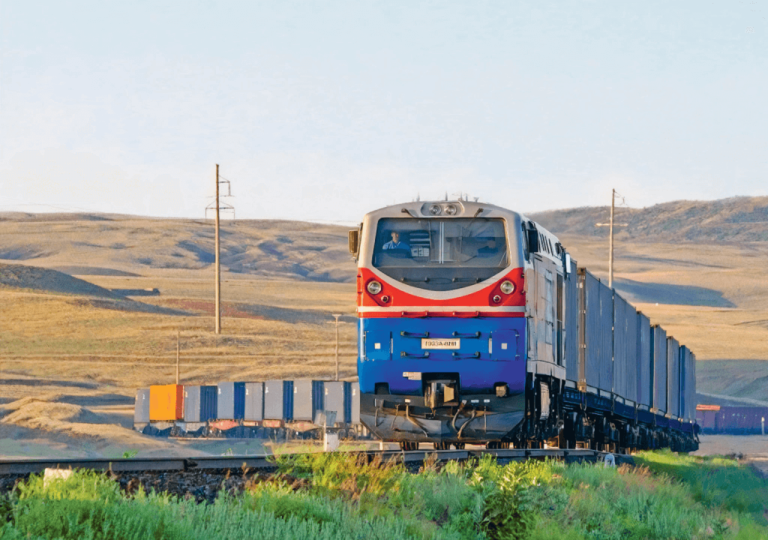
Discover how new rail routes in Central Asia are strengthening Kazakhstan’s strategic importance, enhancing trade, and redefining regional influence.
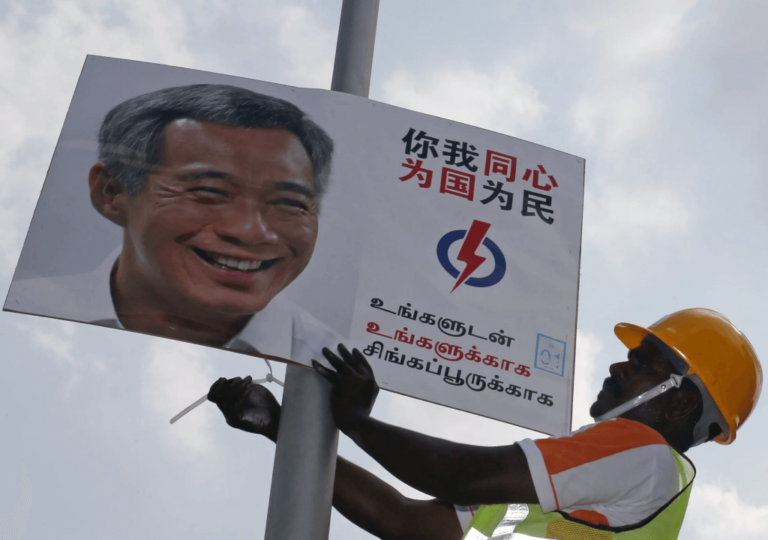
Singapore has revised its electoral boundaries in preparation for the general election. Learn why there is a growing call for clearer and more understandable demarcations.
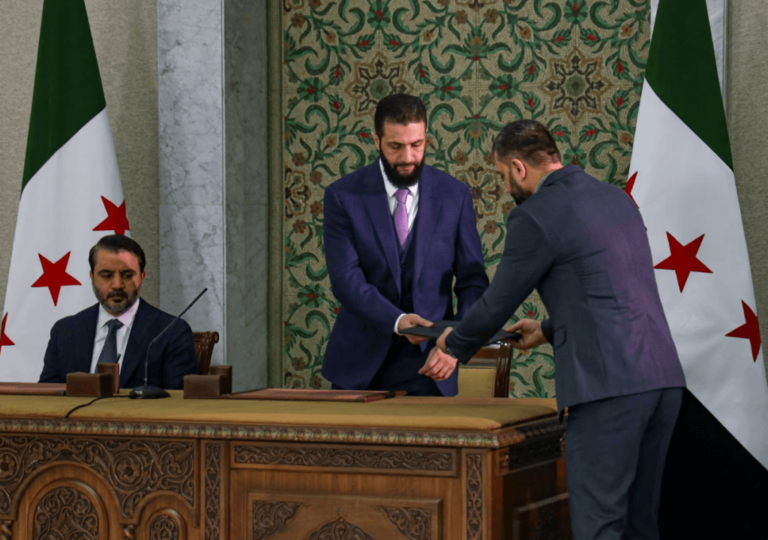
The Syrian government and the Kurdish-led SDF have struck a deal to integrate the northeast. What does this mean for Al Sharra’s leadership and his government’s future?
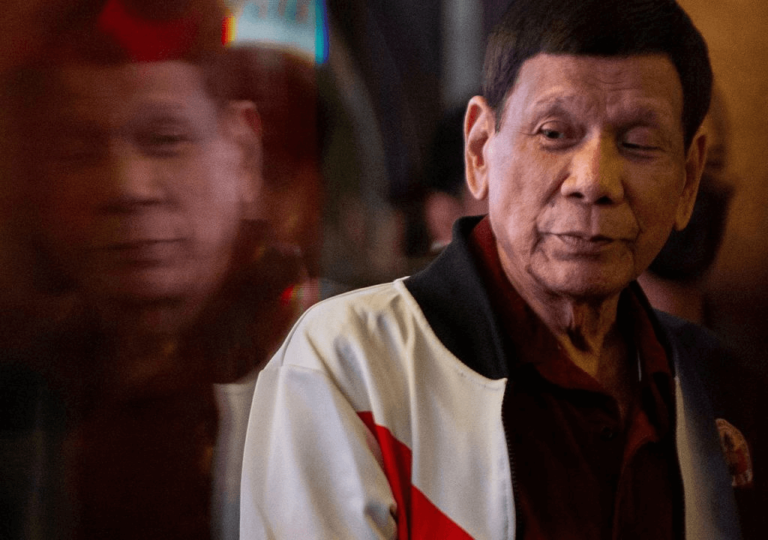
Former Philippine President Rodrigo Duterte’s arrest by the ICC could reshape his family’s political influence. Will his dynasty survive the legal and political fallout?
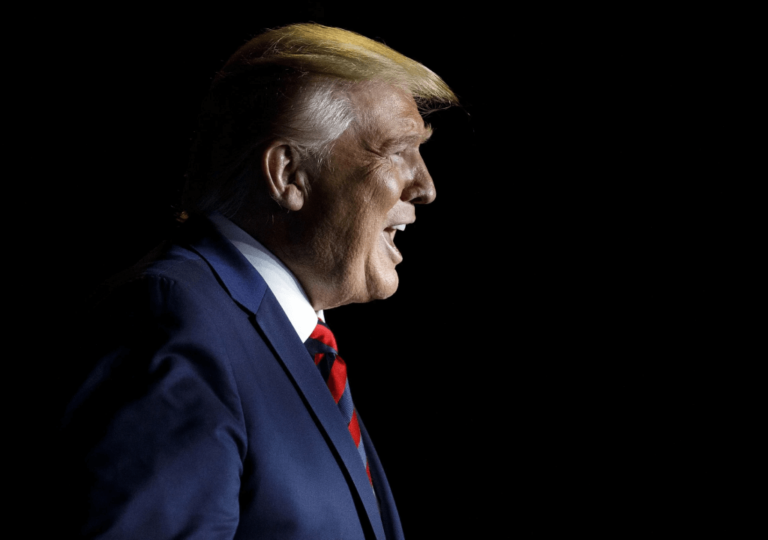
As Donald Trump offers talks with Iran, the world watches to see if this move will ease tensions or deepen Iran’s political crisis. Is it diplomacy or a trap?

As semiconductor manufacturing moves to the U.S., is Taiwan losing its strategic leverage?

Syria’s Islamist government is shifting focus to the Alawites after Latakia clashes, raising concerns over sectarian tensions and religious minorities future.
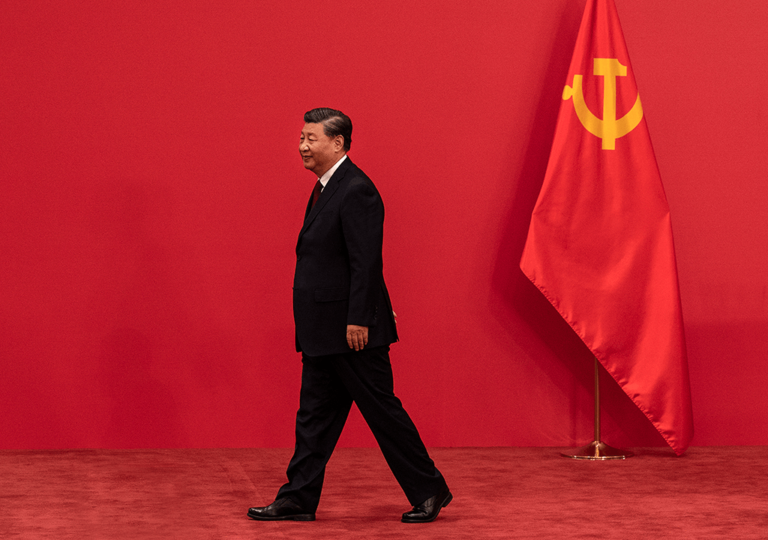
As global tensions rise, China positions itself as a stabilizing force in world affairs. Explore China’s Global Strategy amid the turbulence of the Trump era.
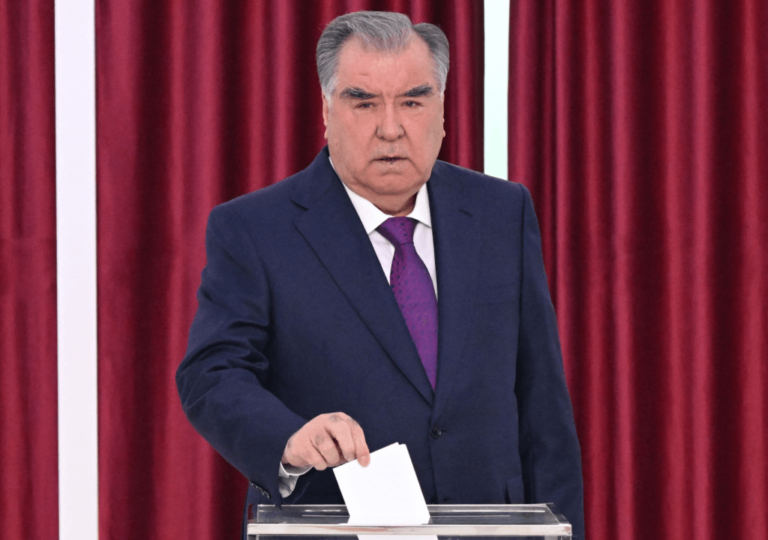
Tajikistan’s ruling party tightens its grip on power through a carefully orchestrated election, leaving little room for opposition and reinforcing its authoritarian rule.